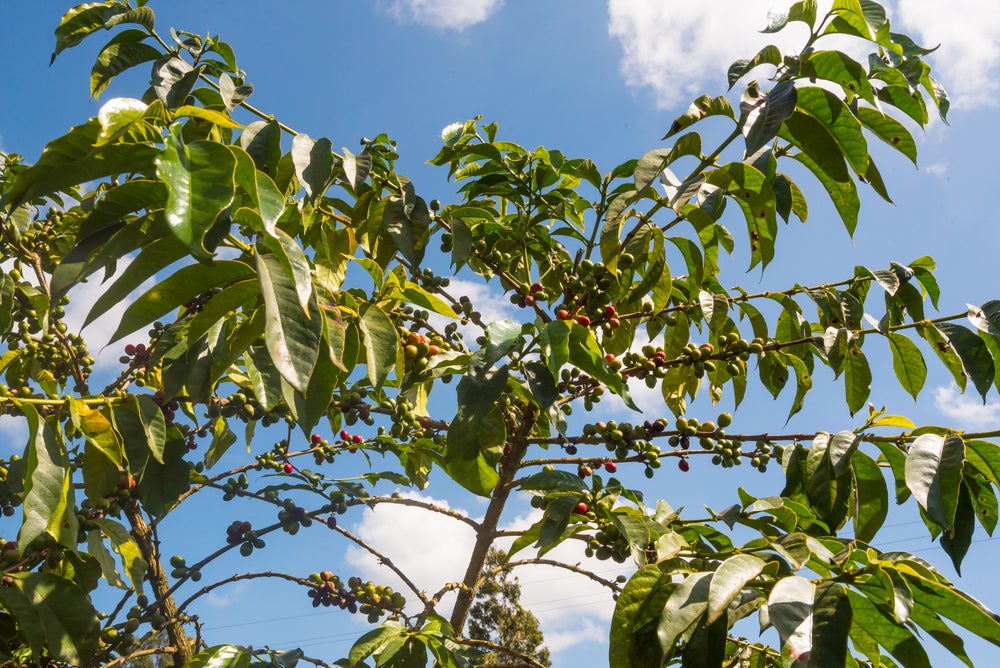From the Field, From the Lab, Resources for Roasters
Monday, May 3, 2021
The Case for Cultivars
Our assumptions about varieties like Catimor, Castillo and Sarchimor are hurting producers, ourselves, and, potentially, the future of the coffee industry.

Our assumptions about varieties like Catimor, Castillo and Sarchimor are hurting producers, ourselves, and, potentially, the future of the coffee industry.
Among industry professionals, cultivars are often undervalued and dismissed as producing a lower quality cup. However, cup quality is not constrained solely by the genetic makeup of a variety. I argue that our low expectations – not their genetics – are stunting quality in cultivars. If we took a step back and took each variety at face value, treating it with a high-quality focus on cultivation and processing, I believe we would find that the quality threshold we had previously come to expect can be exceeded.
Perhaps most ironically, nearly all varieties widely produced today are technically cultivars. That’s because “cultivar” describes any variety that is the product of selective breeding. This isn’t just a matter of semantics. Our perception of the quality of cultivars directly impacts producer incomes and their potential for long term success.
Cultivars are varieties that have been produced using selective breeding and have achieved genetic stability. Many of the varieties our industry refers to as cultivars are those that have been developed focusing on disease resistance and high production. The agronomy techniques deployed mirror these intentions.
Our ideas about cultivars impact producers by affecting prices and demand for the varieties we deem high quality. By holding on to these preconceived notions and ideas, we are placing producers in an even more dangerous position of choosing between their livelihood and unknown risks, such as battling coffee leaf rust (CLR). Instead of challenging producers to turn in their disease resistant cultivars for other “cultivars” that are deemed of superior quality, could we not invest in supporting producers to increase the quality of what they currently produce?
Asking them to take on the risks of unproven, new varieties and abandon what they are currently producing without proper risk management opportunities is not a healthy or sustainable path forward. So, what can we do as an industry?
- Make sure that you are evaluating and assessing coffee quality fairly, not strictly on variety/cultivar consideration but on the cup. Provide honest and transparent feedback on the coffees to the producer.
- Work to develop long-term buying relationships with producers that strive to understand their challenges and collectively work toward solutions.
- If you are adamantly against “cultivars”, be pro-active in funding research into new varieties AND help support producers financially as they make the transition.
Producers are facing a multitude of challenges, including the need to combat changing environments, address fluctuating market demands and overcome low prices. To overcome these challenges, producers will need to use every tool available. As an industry, we can better support their efforts by laying aside biases and prejudices that can handcuff producers and, instead, focus on transparent communication and dialogue concerning the needs of the market and the opportunities ahead.